Residencies
- Alumni
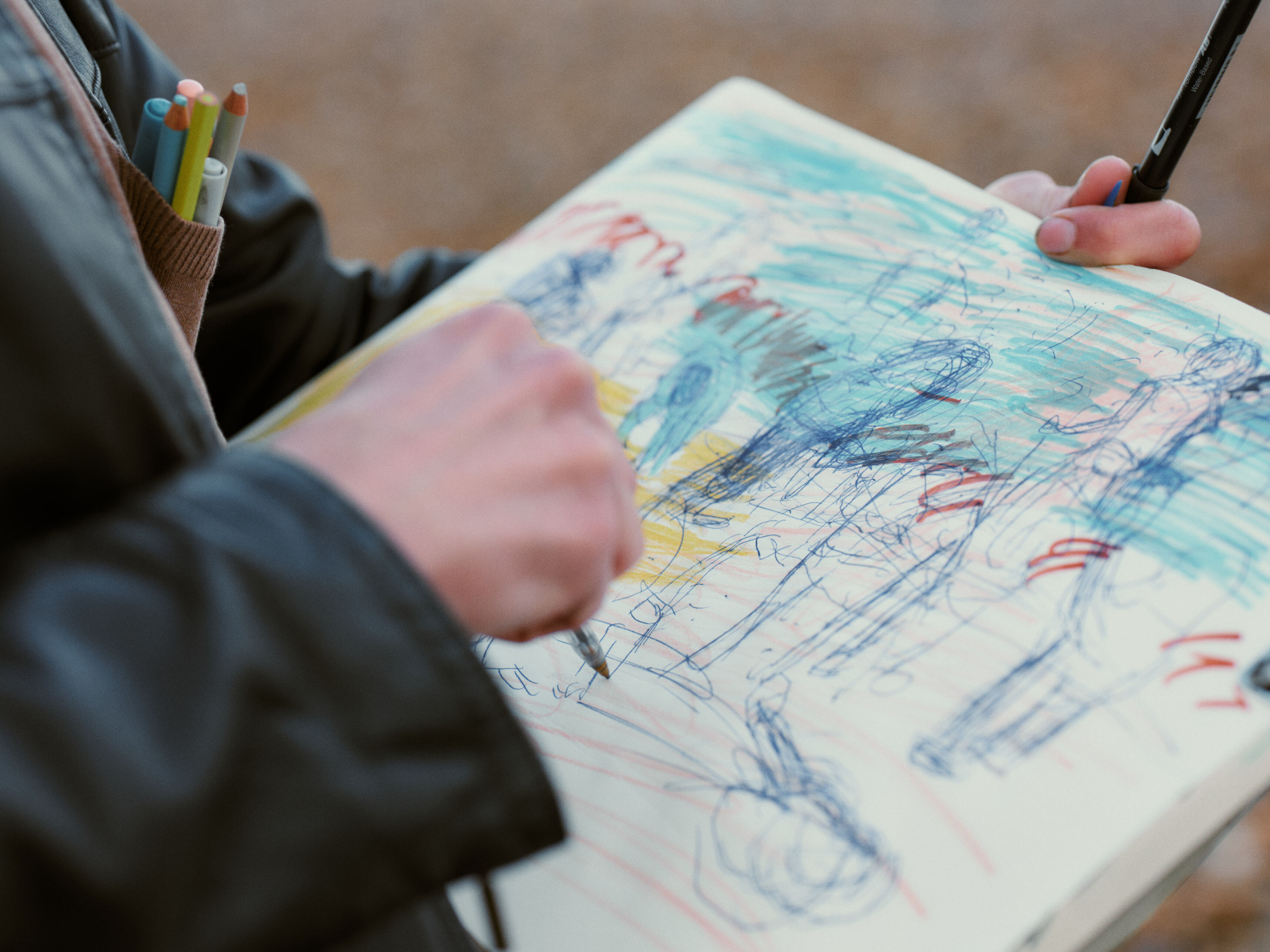
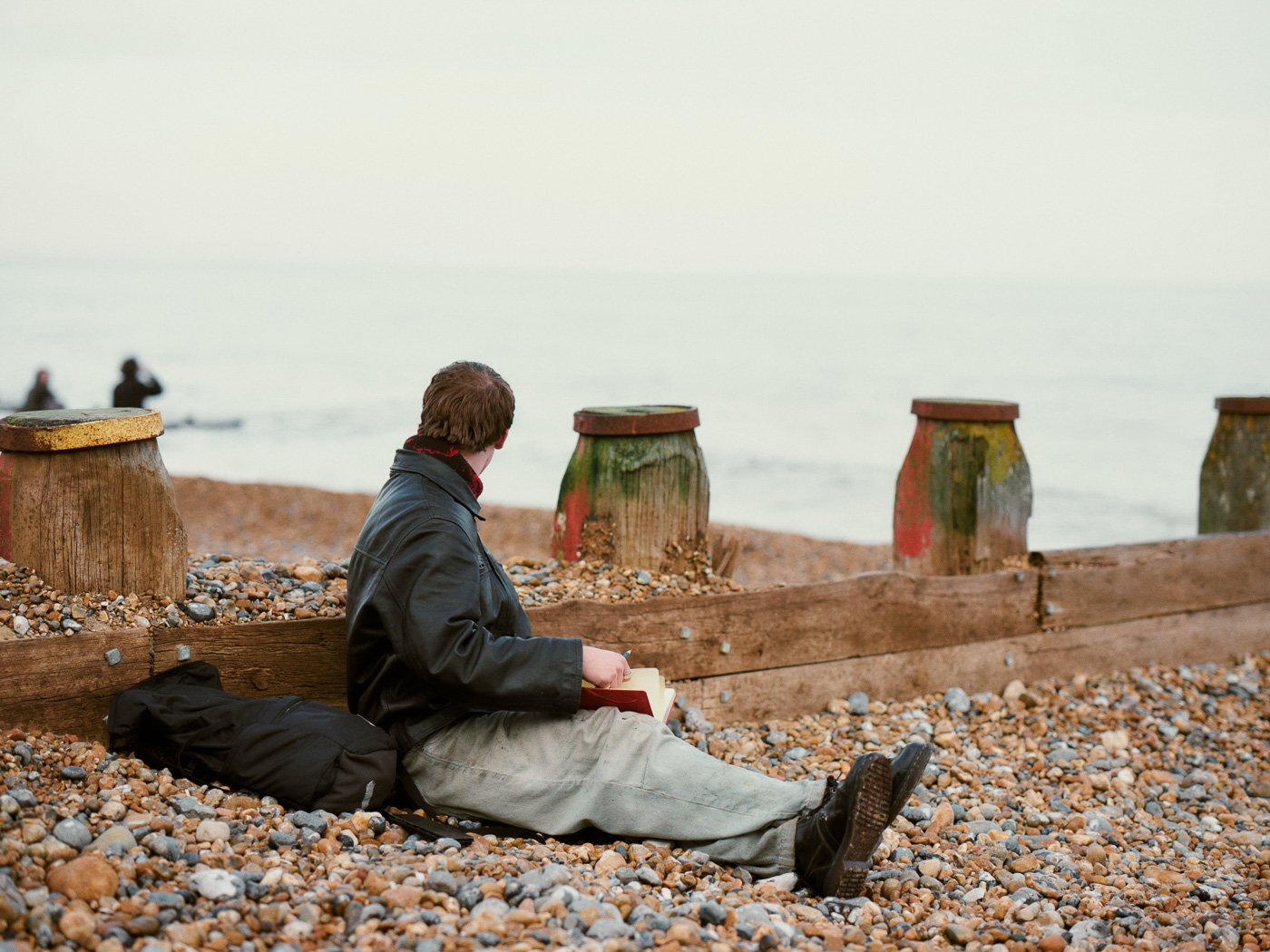
As a champion of drawing in contemporary art and education, the School sees residencies as a vital opportunity for artists to expand both their creative practice and professional development.
Residencies are primarily open to alumni of The Drawing Year and faculty members of the School. However, there are also opportunities open to artists from around the world.
On this page, you’ll find a range of residencies to explore — each with its own focus, location, and eligibility criteria. Full details are listed under the relevant headings.
Residencies
Scotland | Wales | France | Switzerland | Italy | India | Antigua
London:
Don Bachardy Fellowship | Manetti Shrem Scholarship | CW+ London

Dumfries House, Scotland
Artists’ residencies at Dumfries House are open to alumni and faculty of the Royal Drawing School, Scottish artists and to applicants through our partner organisations, for whom drawing is part of their practice.
The Dumfries House residency is delivered by the Royal Drawing School, Glasgow School of Art and Dumfries House in conjunction with the Royal Drawing School's international partners.
Funded residency places are available throughout the year. They provide a private studio and self-catering accommodation on the Dumfries House Estate for up to four artists at any one time.
The Dumfries House residency has an emphasis on working from observation and the development of new work. The residency is s a unique opportunity for painters, textile and furniture designers, illustrators, practice-based researchers, printmakers, and artists who use drawing in their practice. Please note: printmaking residencies are only open to artists proficient in printmaking.
The Dumfries House residency is kindly support by Thomas and Jeannie Rutherfoord and The King's Foundation.

Back to top
About the location
Dumfries House is set in 2,000 acres of land in East Ayrshire, Scotland. It was built between 1754 and 1759 for the 5th Earl of Dumfries. Dumfries House principal rooms and their contents have remained virtually unchanged for 250 years, leading the house to be described by some as an 18th century time capsule.
Artists in residence have access to a significant collection of 18th century Chippendale furniture, tapestries, and textiles. They also have access to a large collection of Flemish and Scottish paintings from the 15th to 20th centuries, on loan from the National Gallery of Scotland.
Artists in residence have the freedom to roam, enjoy and draw inspiration from the entire estate and gardens. Artists can work in the house during opening hours and can arrange to meet the Collections Manager for more information about the house and its collection.
Dumfries House Estate is home to several sustainability and education projects such as the traditional building skills, animal husbandry, cookery school, textiles centre, and horticultural programmes.
Studios & Accommodation
Residency studios are housed in a traditional stone building that was once a laundry, situated in a secluded area surrounded by farmland and established trees, close to the main house.
Thanks to a generous donation from Dimplex in 2012, the laundry was renovated to construct four spacious studios, filled with natural light. A river, walled garden, woods, main house and café are all within short walking distance. Each studio is equipped with professional daylight lights, ground source heating, and a kitchen unit. Shared toilets are on each floor.
Each studio measures 5 by 5 metres and are suitable for most types of work. Wall space is limited, therefore may not be suitable for working with very large pieces. Two of the studios are situated on the ground floor and two on the first floor; the ground floor studios have doors leading directly outside so for this reason may be more suitable for sculptors. There is 24-hour access to the studios.
Accommodation provides a private bedroom and a shared kitchen and bathroom. For more information about the house and estate visit www.dumfries-house.org.uk
Print studio
The Royal Drawing School has opened a new printmaking studio at Dumfries House. The new studio offers etching facilities for artists in residence. Please note the printmaking residencies are only open to artists proficient in printmaking. Please specify on your application if you wish to be considered for one of the printmaking residences.

Who can apply?
The Dumfries House residency is open to The Drawing Year alumni, graduates of the Online Drawing Development Year, Scottish artists, and artists nominated by partner art schools in the United States.
To be eligible to apply for the Scottish Artist residency, artists must be currently living and working in Scotland or have studied at a Scottish art school.
The Dumfries House residency welcomes applications from Royal Drawing School alumni artists who are parents of young families.
Alumni parent artists should apply as a group with other alumni parents who would like to take their children to Dumfries House. We suggest applying as a group of 2 to 4 artists to make the most the exclusive use of the studios and artists flat.
Parent and child residencies are 1 to 2 weeks in length. Each parent artist must submit their own application and list the names of the other parent artists that they would like to be in residence with. Please get in touch if you would like more information on the parent and child residency at Dumfries House. Please note parent and child residencies are only open to alumni of the Drawing Year.
Application dates
Applications for Dumfries House residencies are now closed. Applications will open again in Spring 2025.
Please contact residencies@royaldrawingschool.org if you have any questions regarding the residency.
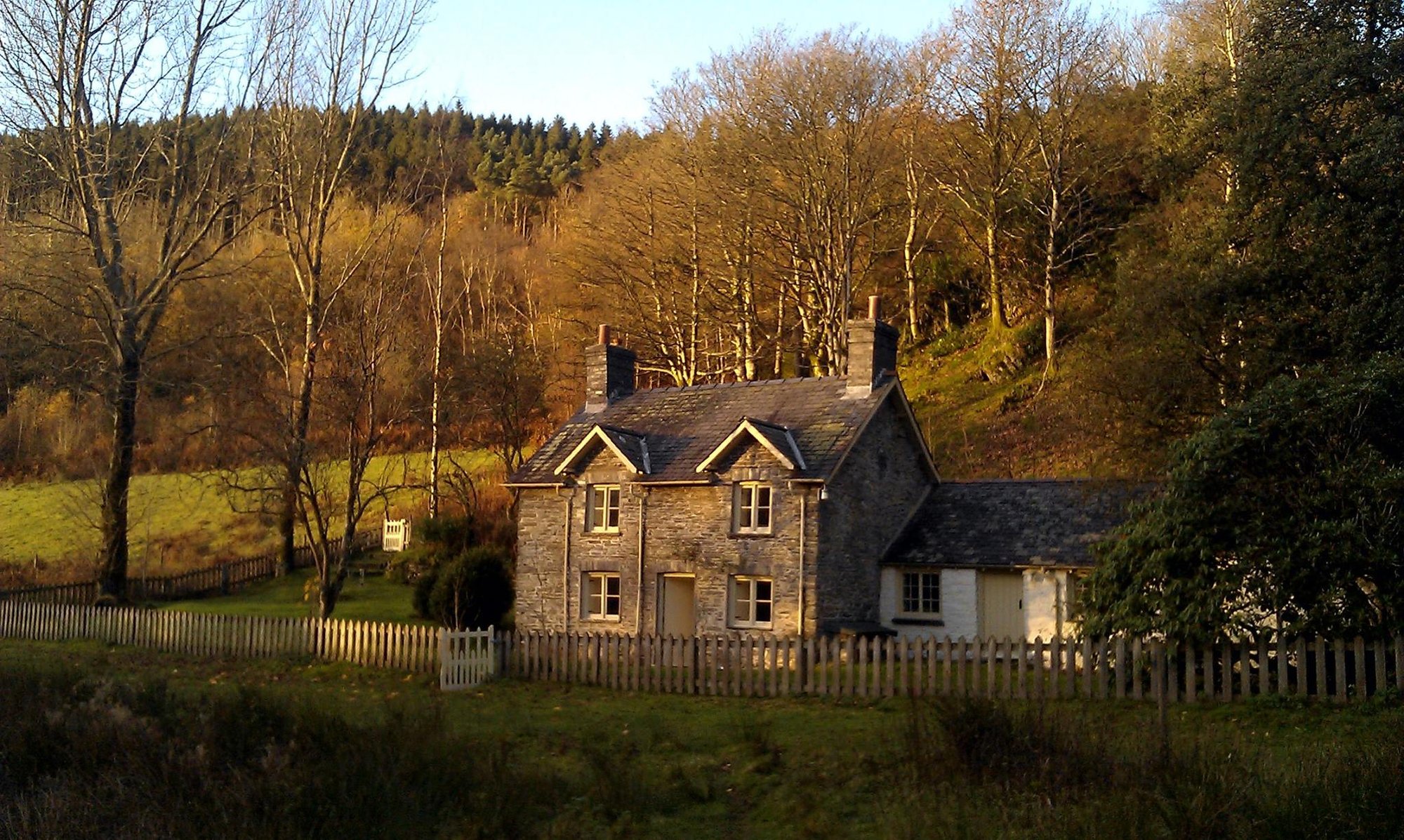
Hafod Residency, Wales
The Hafod residency in Wales offers two Royal Drawing School, Drawing Year alumni a dedicated self-directed two-week residency.
The Hafod Estate is situated 12 miles south-east of Aberystwyth. The estate is widely regarded as a supreme example of the picturesque landscape in the British Isles. It has been depicted by artists such as Warwick Smith in the 18th Century and John Piper in the 20th Century.
The Hafod residency offers two artists accommodation and use of a studio for two weeks on the Hafod Estate. Artists will stay in the Georgian Hawthorn Cottage and have access to a shared studio nearby. Artists must bring their own easel, drawing boards, and materials.
This residency has been made possible with the support of the National Trust.

Back to top
What to expect
The Hafod residency is a unique opportunity for artists who are interested in working in a rural location, drawing inspiration from the landscape and natural surroundings of the Welsh countryside.
Artists must be able to drive with access to a car in order to partake in the residency as there is no public transport.
Who can apply?
Application dates
Applications are now closed for the Hafod, Wales residency.
Applications for the 2026 residency will open in Autumn 2025.
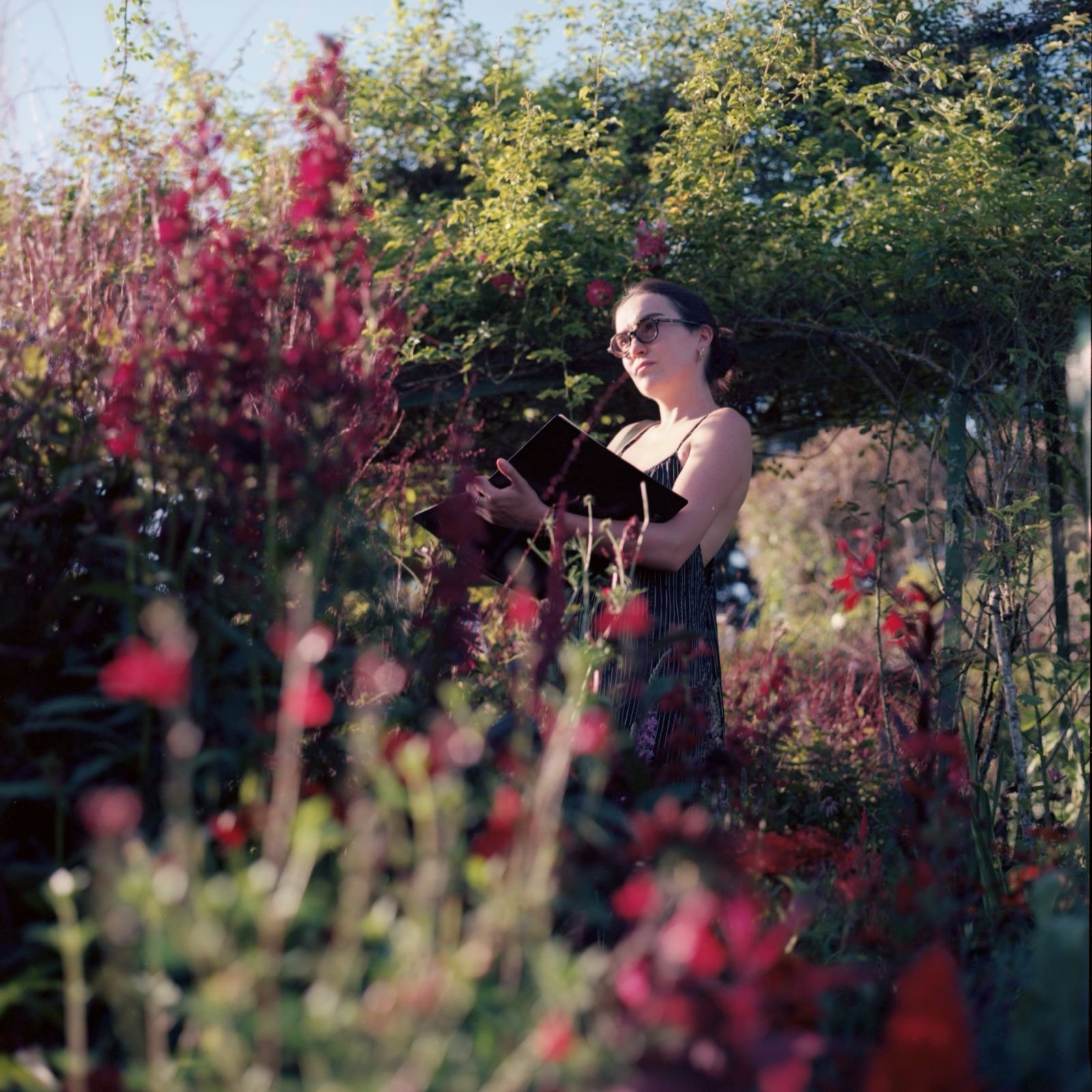
Monet's Garden, Giverny, France
Monet’s Garden residency is underwritten by The Versailles-Giverny Foundation at the Home and Gardens of the painter Claude Monet.
The gardens of iconic impressionist painter, Monet, gave him his greatest artistic inspiration and made the small villages beside the Seine so well known today.
The garden is well known for its waterlily pond, exuberant, vivid gardens and iconic Japanese footbridge that were the inspiration for many of Monet’s greatest masterpieces.
Each year Monet’s Garden, Giverny hosts two artists from the Royal Drawing School on a three-month residency: one alumni from The Drawing Year and one faculty member.
This is a unique and special opportunity. The emphasis of this residency is to work from observation. Artists in residence are encouraged to work on paper, in sketchbooks or on canvas. Monet’s Garden, Giverny residence is best suited to artists who are interested in working from nature.
This residency is generously supported by The Versailles-Giverny Foundation.

Back to top
What to expect
The residency provides each visiting artist with self-catering studio accommodation, access to a large, shared atelier and workshop space, out-of-hours access to the Giverny gardens, return travel costs and a $10,000 fellowship bursary.
During Monet’s Garden, Giverny opening hours, the gardens are closed to artists due to large foot fall of visitors to the gardens.

Who can apply?
Application dates
Applications are currently closed for the Giverny Residency.
Applications will open again in early Spring 2026 for Summer 2026 residency.
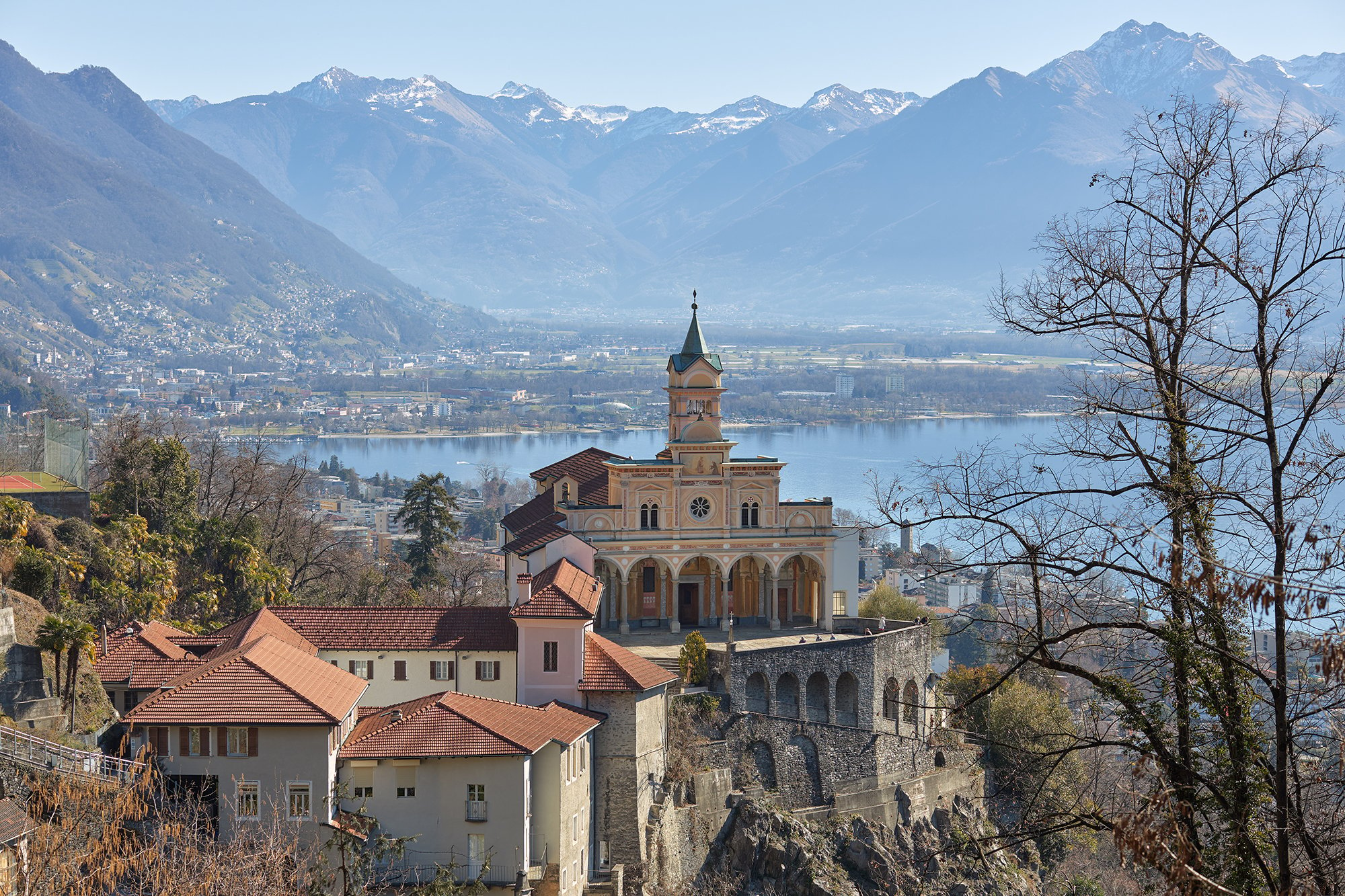
Archivio Luigi Pericle Residency, Switzerland
A one-month artistic residency in Ascona, on the hill of the mythical Monte Verità
The residency offers one Royal Drawing School Drawing Year Alumni or one Royal Drawing School faculty member a one month residency each year at the Hotel Ascona, home of the Archivio Luigi Pericle.
As part of the residency the artist will have access to the work, studies and thought of Luigi Pericle and the artistic-intellectual movements linked to Theosophy, Monte Verità and Eranos as decisive places and movements for the development of modern arts. The artists will also have access to Luigi Pericle's paintings and graphics, the esoteric library and the archives of the Archivio Luigi Pericle.
This residency is generously supported by The Archivio Luigi Percile.
Back to top
About Luigi Pericle

Luigi Pericle (1916–2001), a Swiss painter of Italian origin, was also an illustrator, writer, and scholar of esoteric traditions such as astrology and theosophy. His enigmatic, layered imagery gained recognition in the early 1960s through major exhibitions in Britain alongside artists like Dubuffet and Picasso, earning praise from figures like Herbert Read.
Initially successful as an illustrator—best known for the comic strip Max the Marmot—Pericle later abandoned figurative art, embracing abstraction marked by sweeping, calligraphic forms. In 1965, at the height of his fame, he withdrew from public life, choosing instead a path of philosophical exploration and private artistic creation rooted in cosmic and spiritual themes.
Pericle’s works on paper from the 1960s reflect a deep engagement with the interplay of saturated and diluted color, often balanced by Indian ink, which he continued using into the 1970s. His art explores contrasts—between positive and negative space, sharp lines and fluid strokes, light and density—elements that evolved further in his Masonite pieces. Strongly influenced by Eastern calligraphy, Pericle's flowing, meditative mark-making reflects his disciplined practice and is documented in his meticulously archived notebooks and boxed sketches.
His imagery merges classical motifs with Zen and Egyptian influences, often featuring hybrid figures and symbolic forms. As noted by Anita Brookner, Pericle’s drawings are both structurally refined and spiritually resonant, echoing the elegance of Zen philosophy.
Rediscovered in 2016 after decades of obscurity, Pericle’s vast body of work was found preserved in his former Ascona home. Ongoing restoration and research are led by the Archivio Luigi Pericle, with exhibitions held at major institutions including the Venice Biennale, MASI Lugano, and the Estorick Collection, culminating in a major 2024 retrospective in Mulhouse, France.
What to expect
This is a unique opportunity for an artist to be immersed in the works of Luigi Pericle. It is required that the artist in residence is interested in the work of Luigi Pericle and to create work in response to the archive. To conclude the residency the artist will create an artwork in dialogue with the oeuvre of Luigi Pericle; the artwork will be gifted to the permanent collection of the Archivio Luigi Pericle.
Artists in residence will be provided with accommodation at the Hotel Ascona, full board (all meals), a studio space (as the studio is based in a hotel, dry materials can only be used inside). Artists will be required to pay for their own travel and any additional costs.
Who can apply?
Application dates
Applications are now closed for the Archivio Luigi Pericle residency.
We will update this page when dates are available.
About Luigi Pericle
Watch our video to learn about Luigi Pericle, one of the most mysterious and fascinating protagonists of the 20th-century art scene.

Moritz-Heyman Residency, Borgo Pignano, Italy
The Moritz-Heyman residency is open to emerging and established artists from the UK, for whom drawing is part of their practice.
Moritz-Heyman residencies are available throughout the year, lasting two to three weeks. Moritz-Heyman residencies are set on the Borgo Pignano estate in a beautiful rural Tuscan setting and are inclusive of combined studio and accommodation.
The emphasis of this residency is working from observation and the development of new work in an inspiring surrounding. The Moritz-Heyman residency is a unique opportunity for artists who use drawing in their practice to deepen their practice with self-directed studio time.
Back to top
About the location
Borgo Pignano is a private Tuscan estate with 750 acres of fields, hills, woods, lakes and gardens. It is located between the ancient Etruscan town of Volterra and the walled medieval hill town of San Gimignano, known as "the town of fine towers". The historic cities of Florence and Siena are just over an hour's drive away.
The main villa of Pignano dates back to the 13th Century and lies in the heart of the estate overlooking the surrounding hillsides.
Borgo Pignano is committed to sustainable agriculture and within the estate one can find organic kitchen gardens, livestock, beehives, olive groves and various crops growing in the fields.
Studios & Accommodation
Artists in residence will be provided a combined studio and accommodation, based in the farm area of the Borgo Pignano Estate. The apartment consists of a twin bedroom with two single beds, bathroom, and kitchen area which connects to an open plan studio space.
Daily lunches are provided. Artists must cater for their own breakfast and dinner. Accommodation includes a self-catering kitchen for preparing meals.
A taxi will be provided to bring artists to and from the airport upon arrival and departure. The taxi will stop at a supermarket for grocery shopping on your journey to Borgo Pignano. Artists in residence are advised to hire a car to give them more freedom during their residency to explore the local area and access to local shops for supplies.
As a condition of the residency during the hotels peak season (April to October) artists may be asked to teach hotel guests to draw or paint for a 90-minute session, two mornings or afternoons a week. This only happens occasionally, and artists will never be asked to teach more than twice a week. Pignano will pay for the teaching directly and there is a stock of drawing and painting materials at Borgo Pignano for guests to use.
What to expect
As part of the Moritz-Heyman residency artists are provided with the following:
- Combined studio and accommodation, situated in the farm area of the Borgo Pignano Estate
- Daily lunches
- Airport transfers
The residency is designed to host one artist in residence at a time.
However, it is possible for artists to apply for joint residency. Artists who would like to apply for a joint residency must both complete an application form.
Please note that joint residency artists will be provided with a shared twin bedroom.
Who can apply?
Application dates
Applications are now open for the Moritz-Heyman, Borgo Pignano residencies are now closed.
If you have any questions regarding the residency please email residencies@royaldrawingschool.org
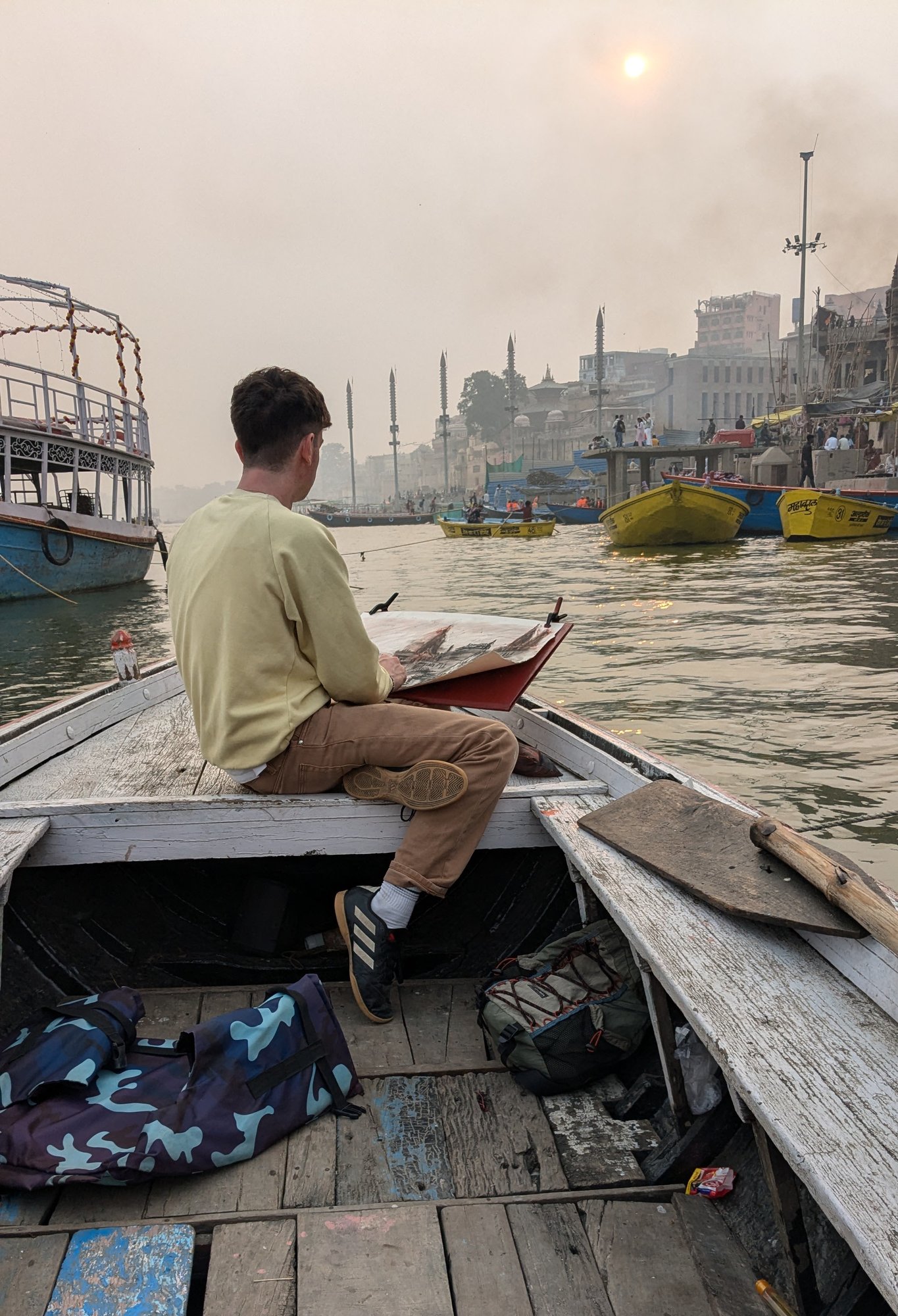
IIFA Teaching Residency, India
The IIFA is a three-month long teaching residency kindly supported and facilitated by International Institute of Fine Arts in Modinagar (IIFA) in India.
The IIFA Teaching residency runs each year for three months and is open to four graduates from The Drawing Year who have at least one years teaching experience.
The residency takes place at IIFA in Modinagar, Delhi. Across three months, artists in residence will collectively teach IIFA’s Foundation Students and Painting Students alongside IIFA teaching staff. Teaching takes place Monday to Friday each week.
Artists will have the opportunity to take time out from teaching to focus on their own practice through use of a studio space.
As well as teaching, IIFA residency gives artists the opportunity to spend two weeks traveling ahead of their teaching time in order to bond with other artists in residence and establish teaching plans before arriving at IIFA.
Back to top
What to expect
Artists will have the opportunity for independent travel at the end of the residency.
Each artist on residency is awarded:
- Return airfare travel
- Shared accommodation and studio for 4 artists
- Stipend for daily meals and art materials
- Visa
- Vaccinations
Please note travel insurance is the artists own responsibility.
Who can apply?
The residency is only open to alumni of the Drawing Year, the Royal Drawing School’s postgraduate programme.
To be eligible, artists must have graduated from the Drawing Year in the last 10 years and have at least one year of teaching experience.
Application dates
Applications are now closed for the IIFA residency. Applications for the 2026 residency will open in late spring 2026.
If you have any questions regarding the residency please contact: residencies@royaldrawingschool.org
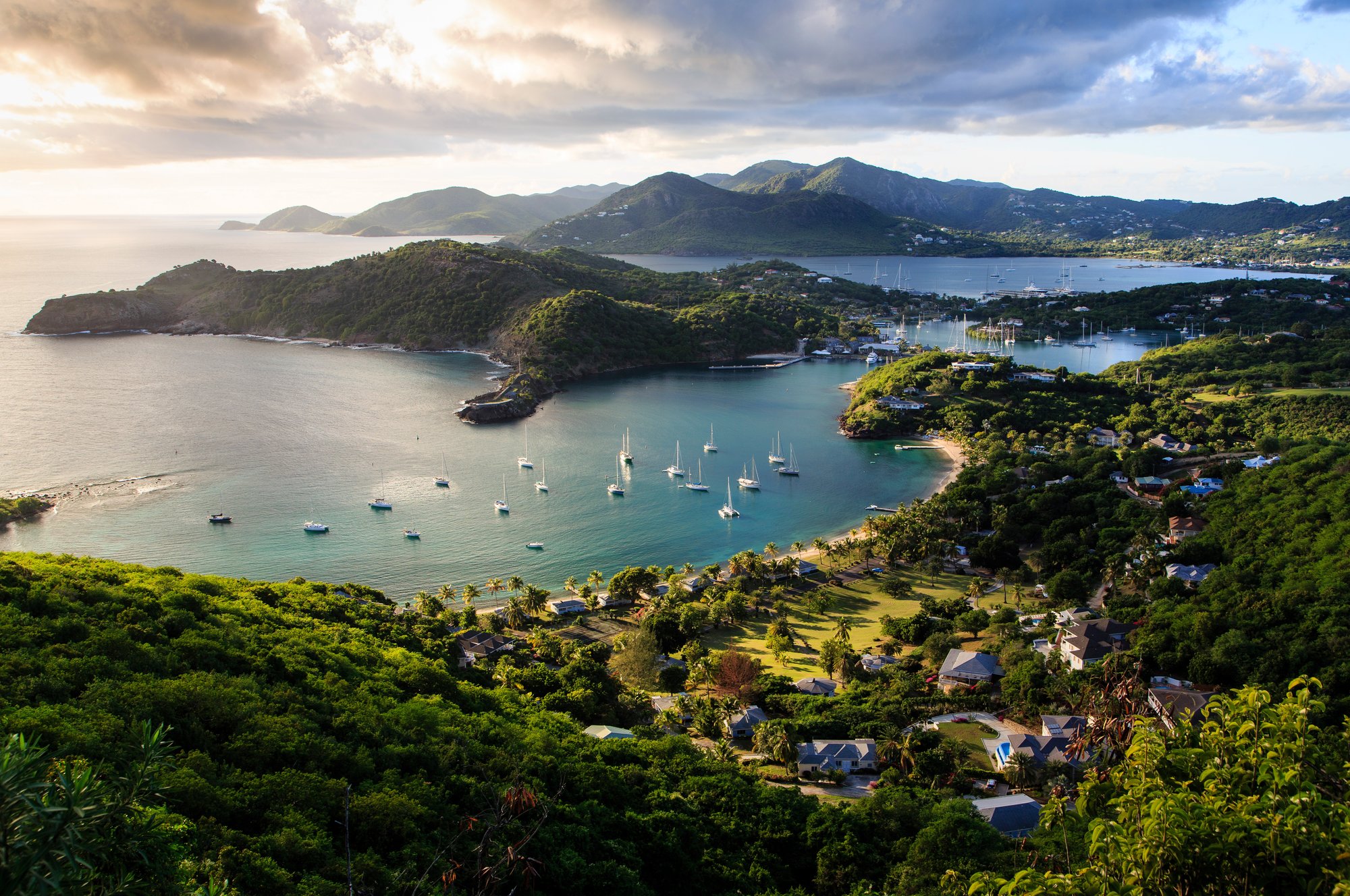
Antiguan Teaching Residency, Antigua
The residency aims to encourage interest in visual arts education in secondary schools in Antigua.
The residency invites two Royal Drawing School artists to work alongside the Antiguan Ministry of Education to run a series of workshops.
Workshops are aimed at high school students aged 14 to 18 who have a vested interest in the arts to expand their knowledge, grow their skills, and develop their technical ability.
The Antiguan Teaching Residency is generously being supported by the Jumby Bay Fund and The Halo Foundation, Antigua and Barbuda.
Back to top
What to expect
Resident artists will teach two days per week, teaching 25 young people split into two groups; one group each day. For the remaining time artists are provided with a studio space for their self-directed practice.
Artists in residence will design workshops for students and offer them a programme of activities and learning resources to carry out once the residency is finished. As part of the teaching programme, sessions may be filmed to share with future visual art teachers.
The residency is an ideal opportunity for alumni who teach on the Royal Drawing Schools Young Artists programme. Artists in residence will act as ambassadors for the Royal Drawing School. They will share the school’s mission to offer in-depth, high-quality drawing from observation tuition to raise the standard and profile of drawing through teaching and practice.
The residency opportunity is fully funded. Artists in residence will be provided:
- Accommodation
- Studio space
- Return airfare
- $300 per week paid to each artist, to cover 2 days a week of teaching
Who can apply?
The residency is only open to alumni of the Royal Drawing School’s postgraduate programme, The Drawing Year and to faculty of the Royal Drawing School.
Artists must have two years teaching experience minimum.
The residency is an ideal opportunity for alumni who teach on the Royal Drawing Schools Young Artists programme.
Application dates

The Don Bachardy Fellowship, London
The Don Bachardy Fellowship at the Royal Drawing School enables a gifted and dedicated post-graduate artist from outside the United Kingdom to attend the Royal Drawing School during the Summer Term each year.
The successful Don Bachardy fellow will have the opportunity to absorb London’s vibrant art scene by attending the school’s Shoreditch campus and occupy one of the school’s studios reserved for postgraduate students. The Royal Drawing School and studios are located in the heart of East London’s art, design, and fashion scene.
The fellowship is named after Californian portrait painter, Don Bachardy who studied at the Slade in 1961. Bachardy had his first show at the Redfern Gallery in Mayfair that year and has since gone on to draw and paint over 10,000 portraits from life.
The purpose of the fellowship is to help support an emerging artist and to nurture drawing as their foundation skill. Artists applying for the fellowship should show evidence of observational drawing in their practice.
Past recipients have come from the US, Syria, Chile and Brazil.
The Don Bachardy Fellowship is sponsored by The Christopher Isherwood Foundation, www.IsherwoodFoundation.org

Back to top
What to expect
The Don Bachardy Fellowship takes place each year during the Royal Drawing School summer term (April - July).
To assist with travel and accommodation costs, the Don Bachardy Fellow will be awarded a $5,000 stipend, half of which will be granted on receipt of the Fellowship and the remainder on arrival in London.
The Don Bachardy Fellow will spend 3 full days per week for ten weeks, drawing alongside students studying on the school’s postgraduate-level programme, The Drawing Year, as well as students on Public Programme courses.
Courses are taught by a distinguished faculty of over 75 practising artists. The Fellow will be invited to curate their own programme, choosing from 60+ drawing courses: from drawing out of house on London’s streets and green spaces, to life drawing, and drawing from art in major museums and galleries, as well as intaglio printmaking courses.
The Fellow will have the opportunity to attend the school’s lecture series, which includes conversations with leading contemporary artists and art history lectures. Past speakers have included Cornelia Parker RA, Denzil Forrester, Maggi Hambling CBE, Helen Cammock, Walid Siti, and Michael Landy RA.
Who can apply?
Application dates
Brazilian artist, Pedro Ursini
Pedro Ursini talks about his experience on the Don Bachardy Fellowship in summer 2024.
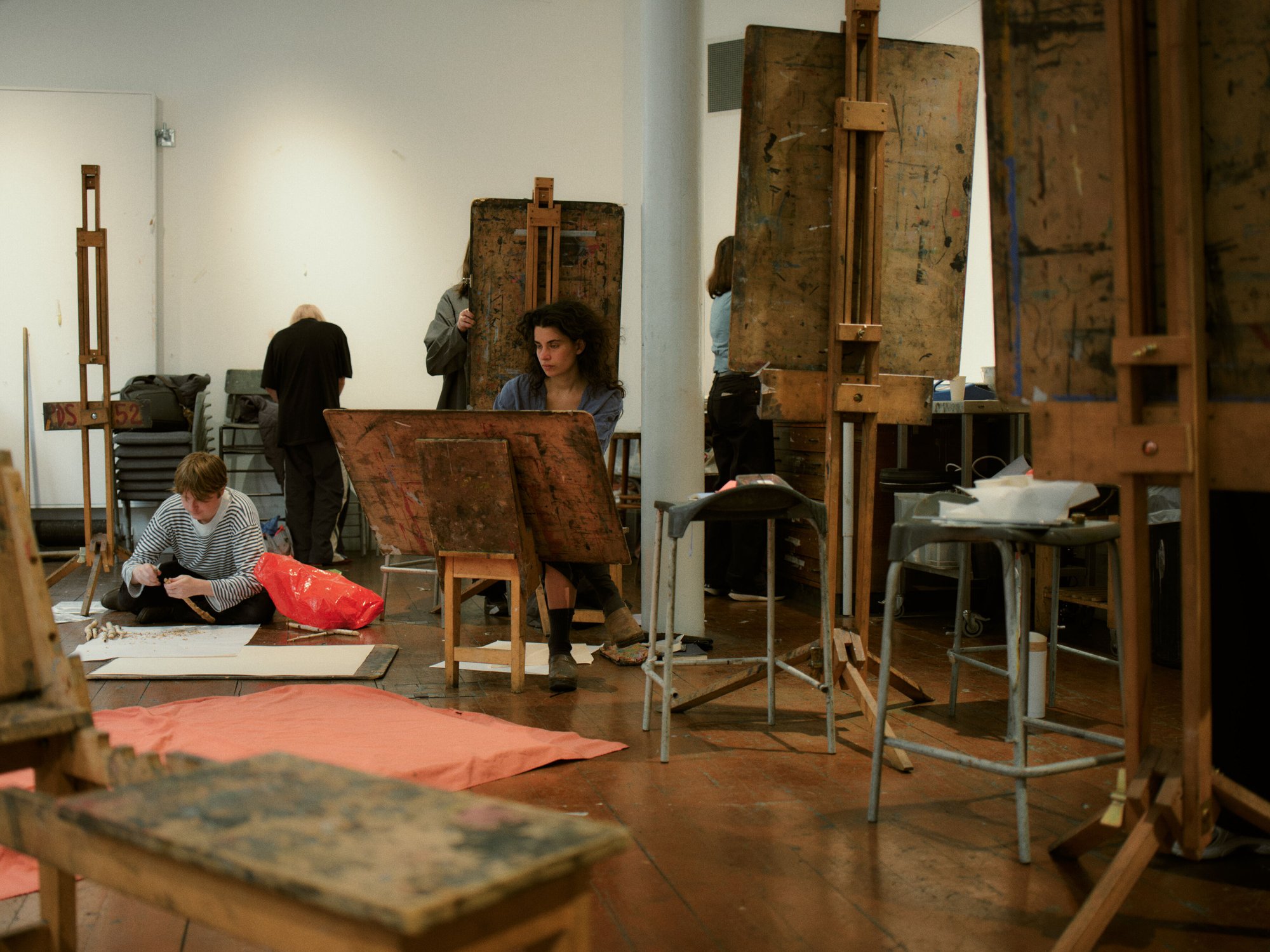
Manetti Shrem Scholarship, London & Scotland
The Manetti Shrem International Residency is a scholarship offered to four gifted and dedicated artist from UC Davis to join the Royal Drawing School for a supported residency for one term.
Four successful artists will attend four daytime courses and one evening course each week for a period of ten weeks.
Drawing alongside postgraduate students studying on the Royal Drawing School's postgraduate-level programme, The Drawing Year and students on Public Programme courses. Courses are taught by a distinguished faculty of over 75 practising artists.
The purpose of the scholarship is to help support emerging artists and to nurture drawing as their foundation skill. Artists applying for the scholarship should show evidence of observational drawing in their practice.
The Manetti Shrem International Residency Scholarship is generously supported by Royal Drawing School donors Mr Shrem and Mrs Manetti Shrem.
Back to top
What to expect
Scholars will curate their own programme choosing from over 60 different drawing courses, drawing out of house on London’s streets and green spaces, life drawing, drawing from art in major museums and galleries, as well as intaglio printmaking courses.
Scholars will also be provided with a shared studio space alongside The Drawing Year Students at Space Studios. The artists can attend the school’s lecture series, which includes in-conversations with leading contemporary artists and art history lectures.
Past speakers have included Cornelia Parker RA, Denzil Forrester, Maggi Hambling CBE, Helen Cammock, Walid Siti, Michael Landy RA and former director of The National Gallery, Sir Nicholas Penny FSA.
In addition to ten-weeks in London, artists complete the residency with a two-week residency at Dumfries House in Scotland. Artists will be provided with a private studio and self-catering accommodation on the Dumfries House estate.
To assist with travel and accommodation costs, the Manetti Shrem Scholars will be awarded a stipend ahead of their arrival in London. Successful scholars are responsible for their visa fees and administration if required.
Who can apply?
Application dates
Applications are closed for the Manetti Shrem International Residency Scholarship.
Applications will open again in Spring 2026 for residency taking place in Autumn 2026.

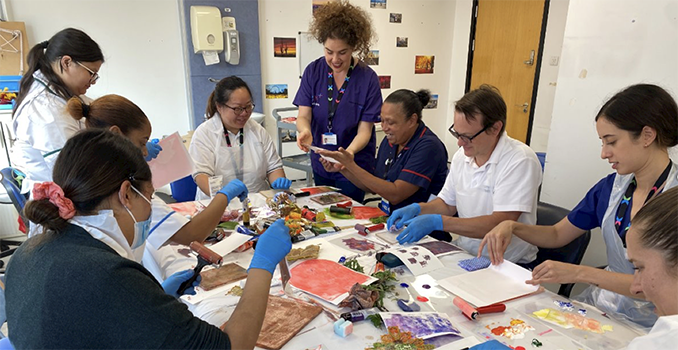
CW+, London
The Royal Drawing School is pleased to launch a new residency in partnership with CW+, the official charity of Chelsea and Westminster Hospital NHS Foundation Trust. Based at the CW+ West Middlesex site, this drawing-focused residency invites one artist to be embedded in a dynamic hospital environment, working closely with departments transitioning to a new Ambulatory Diagnostics Centre opening in 2026.
The Drawn in Residence programme launched in 2018 with support from the Tavolozza Foundation. The programme has been a hugely valuable way for talent in the creative arts to gain experience and be supported to shape, develop and deliver a project in a healthcare setting. This residency marks the first-of-its-kind role for a Lead Drawing Artist in a capital project, commissioned by CW+ as part of a new partnership with the Royal Drawing School.
The appointed artist will have creative freedom to shape their project direction in response to the hospital context, with the final outcome permanently installed in the new building. This opportunity also includes mentoring two emerging creatives from universities, supporting their growth through two to four guided sessions during their parallel mini-residencies.
The CW+ Residency is kindly supported by Tavolozza Foundation, Chelsea and Westminster Hospital NHS Foundation Trust and CW+.

Back to top
What to expect
- 32-day residency (approx. 4 days/month over 8 months – flexible scheduling depending on artist availability)
- The artist in resident will provide 2–4 mentoring sessions with student residents (total)
- Final outcome of work to be permanently installed in the new Ambulatory Diagnostics Centre
- Access to CW+ studio space and desk space throughout residency
- Access to support for facilitating patient/staff workshops in a group or 1:1 setting as part of residency with hospital community
- Artists will be supported by CW+ throughout, with access to collaboration opportunities, community engagement and hospital networks, creating space for both personal and professional development, and ensuring a lasting and meaningful legacy through their project.
- Access to free shuttlebus between Chelsea and Westminster Hospital and West Middlesex University Hospital (if required for transport access)
Who can apply?
The Royal Drawing School's Drawing Year alumni and faculty are welcome to apply.
The residency offer is for one artist. It is important that applicants have experience of mentoring and are comfortable with mentoring student artists who are also in residence.
Please note before commencing their residency, the appointed artist will need to undertake an enhanced DBS check.
If you have any questions regarding the residency please contact: residencies@royaldrawingschool.org
Application dates
Applications are now closed for the CW+ residency.